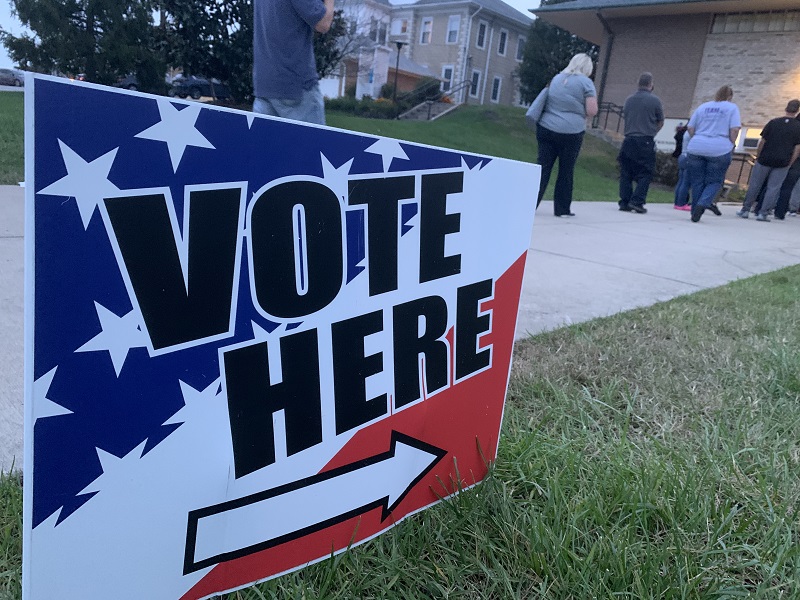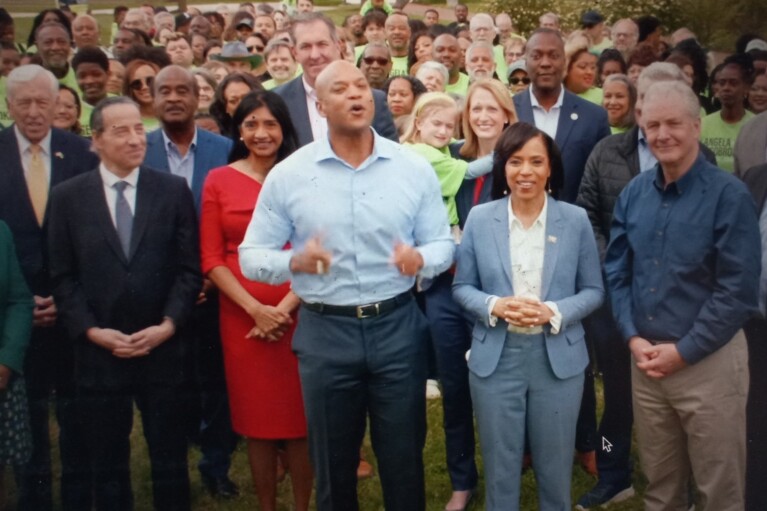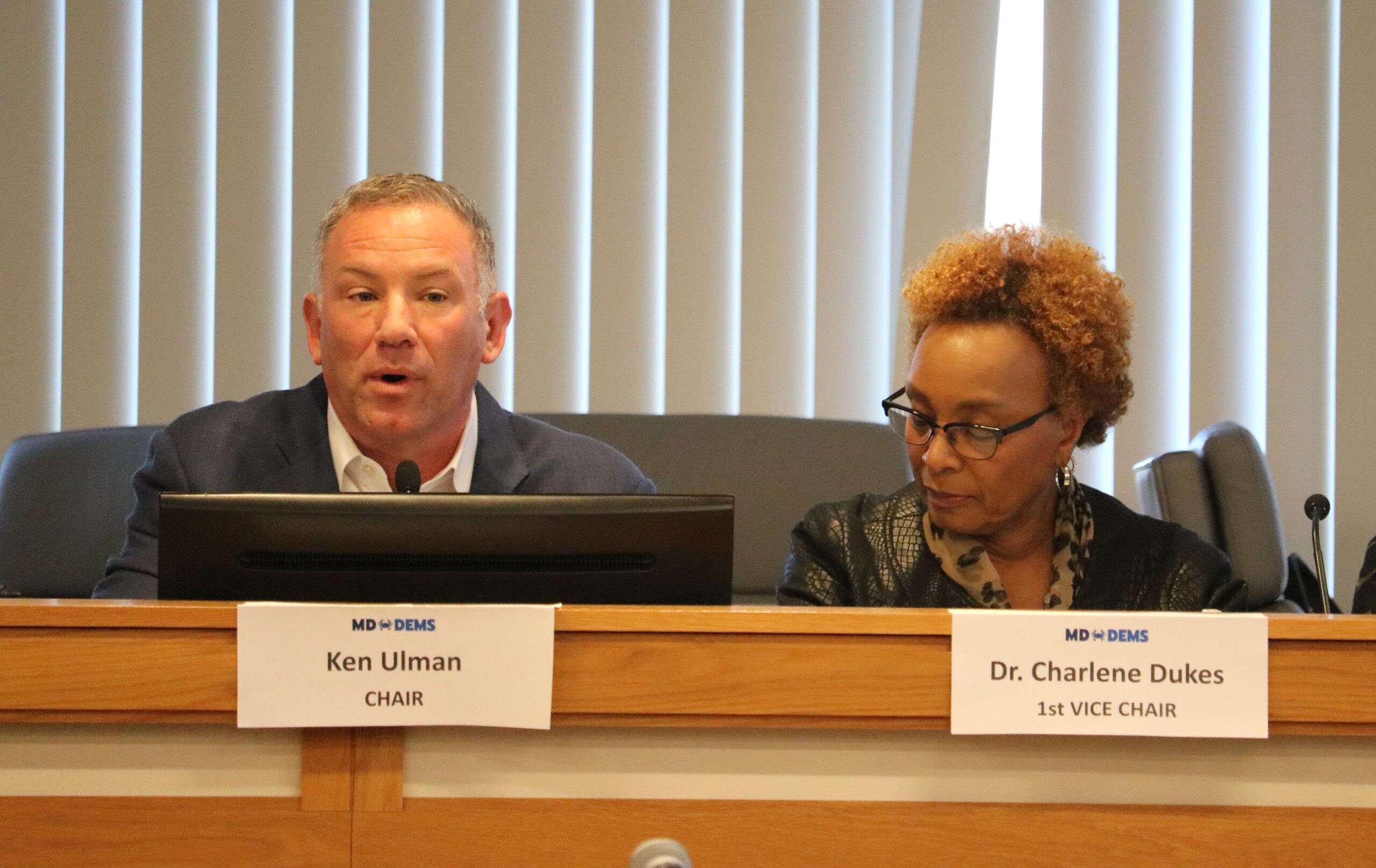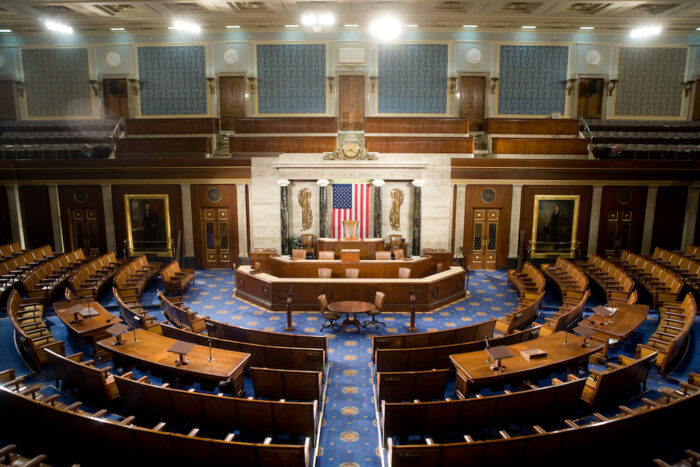Opinion: The promise of candidate nominations through ranked choice primary voting

By Clayton A. Mitchell Sr.
The writer is an attorney who lives on the Eastern Shore.
In the realm of American politics, we frequently find ourselves in the unenviable position of choosing between the lesser of two imperfect options. The 2020 presidential election vividly illustrated this dilemma.
On one side stood Donald Trump, a polarizing figure who was involved in the events of Jan. 6, 2021 — actions that remain a point of contention. On the other side was Joe Biden, a seasoned politician whose cognitive abilities appeared to be in noticeable decline and who carried his own baggage of potential legal problems. These limited and often unsatisfying choices compel us to question whether there’s a better way to nominate our leaders.
One promising alternative that can address the challenges of selecting a candidate when faced with a field of contenders, each with their strengths and weaknesses, is ranked choice voting. This system empowers primary voters to rank candidates in order of preference, thus offering a fairer and more representative outcome.
To illustrate how ranked choice voting works, consider a hypothetical primary election scenario with three major candidates: Candidate A, Candidate B, and Candidate C. Under traditional voting, voters select one candidate, and the candidate with the most votes wins, even without majority support.
However, ranked choice voting allows primary voters to rank candidates in order of preference. For instance, if five voters rank Candidate A as their first choice, three voters select Candidate B as their first choice, and two voters prefer Candidate C, a clear majority is absent after the initial round of counting.
Should no candidate secure an outright majority, the candidate with the fewest first-choice votes (Candidate C in this case) is eliminated, but each voter’s ballot is not wasted, thanks to the ranking system. In the subsequent round of counting, the eliminated candidate’s votes are redistributed to the remaining candidates based on the voters’ second choices. If, for instance, all of Candidate C’s voters ranked Candidate A as their second choice, the tally becomes six votes for Candidate A and three votes for Candidate B.
The process continues until a candidate secures a majority and is declared the winner. Ranked choice voting ensures a fair and more representative outcome by considering voters’ preferences beyond their first choice, thereby avoiding the possibility of a candidate winning due to a divided field or strategic voting.
Notably, ranked choice voting ensures that candidates nominated within each party have a majority consensus. This guarantees that all voices within the party are fairly represented, preventing the domination of extreme factions and promoting a more broadly appealing candidate. Of course, this process would only commence if no candidate initially garnered 50% or more of the first-choice primary votes.
Importantly, ranked choice voting also offers a viable alternative to the emergence of third parties, like the “No Labels” party proposed by former Maryland Gov. Larry Hogan (R) and, implicitly, by West Virginia Senator Joe Manchin (D). By allowing voters to express their preferences without fearing that a vote for a third-party candidate might inadvertently help a major-party candidate they strongly oppose, ranked choice voting encourages a more diverse array of candidates to run within existing parties. This, in turn, promotes substantive policy discussions and fosters a more informed electorate, ultimately diminishing the divisive nature of politics.
Returning to the discussion on the dilemma posed by Trump and Biden, ranked choice voting can significantly enhance the ability of primary voters to express their preferences fully and effectively. It encourages primary election candidates to appeal to a broader range of constituents and fosters a more nuanced understanding of the electorate’s desires, ultimately leading to a more democratic and responsive political system.
The predicament of having ultimately to again choose between Donald Trump, who is associated with the events of Jan. 6, and Joe Biden, whose cognitive decline is evident, is indeed disheartening. It presents a scenario where we seemingly must select leaders from within the confines of a limited pool of imperfect choices. Yet, it is our duty as citizens to strive for a political system that offers more compelling options, leaders who inspire confidence, and reforms that prioritize the nation’s best interests.
In this pursuit, the adoption of ranked choice voting in primary elections stands as a promising avenue, facilitating a more diverse array of candidates, promoting substantive policy discussions, empowering individuals to express their true preferences, all while nurturing a more robust democracy for all, and ensuring that candidates nominated within each party truly represent a majority consensus. Ranked choice voting additionally offers a viable alternative to third parties, allowing for a more dynamic and inclusive political landscape.




 Creative Commons Attribution
Creative Commons Attribution